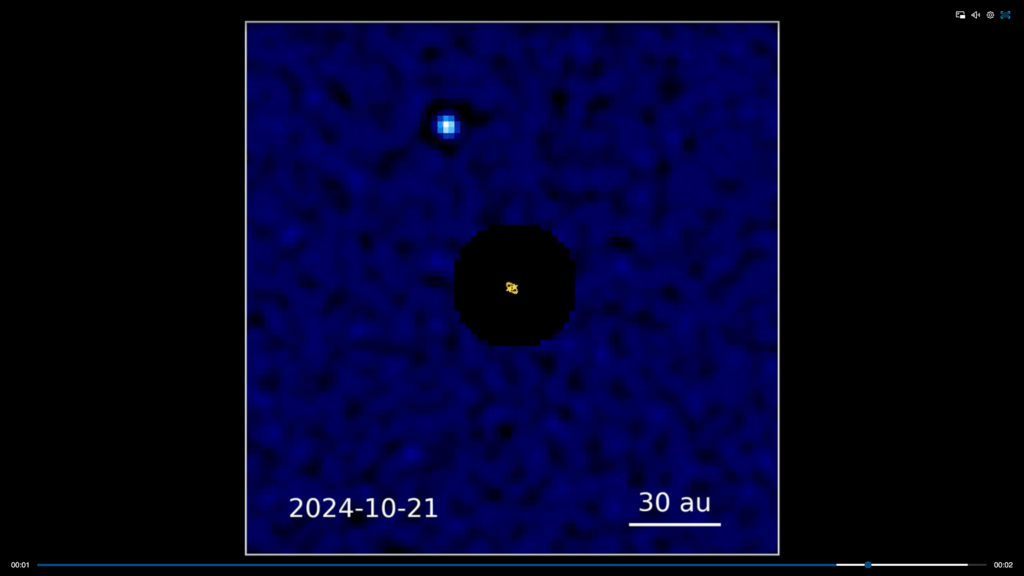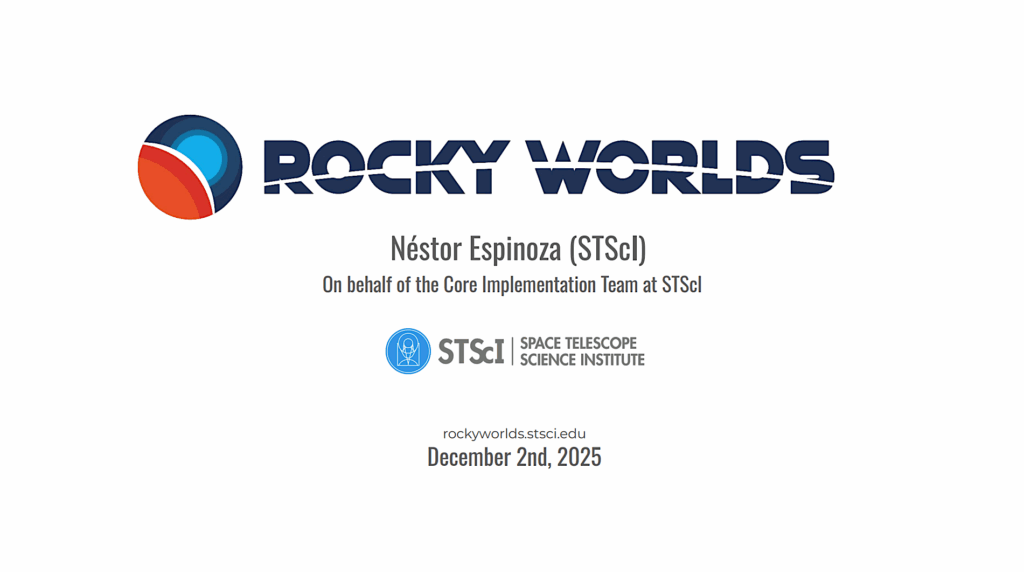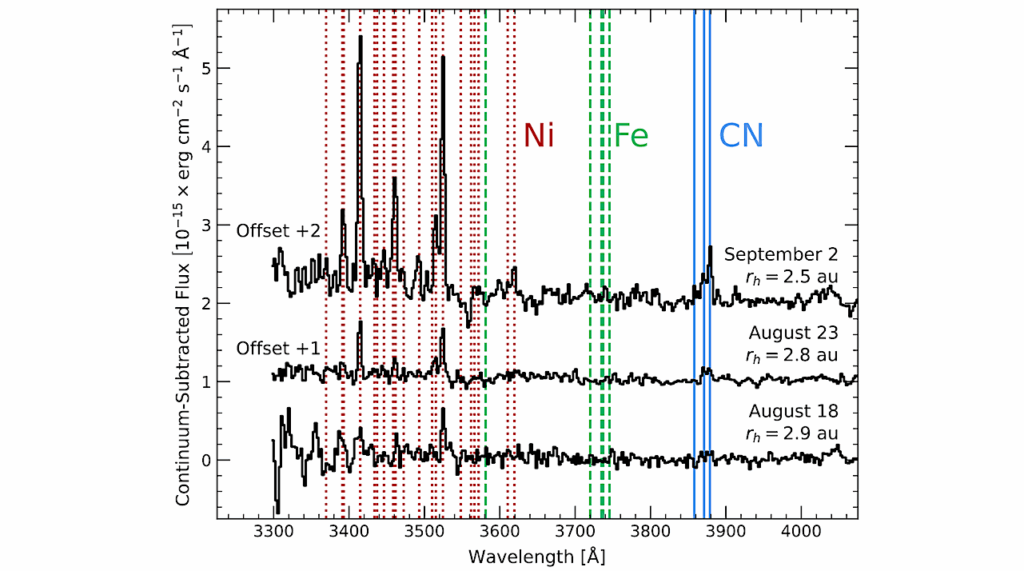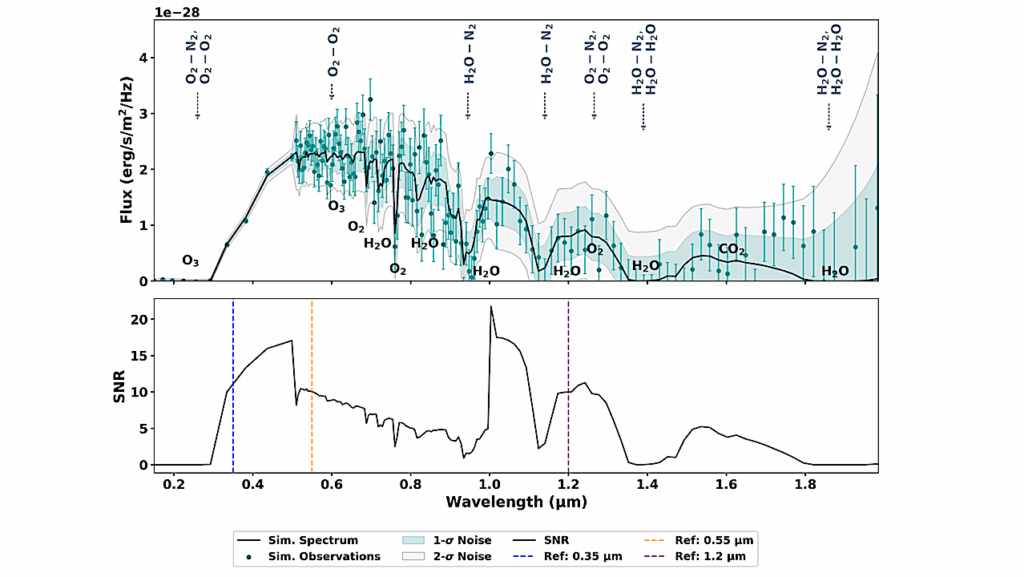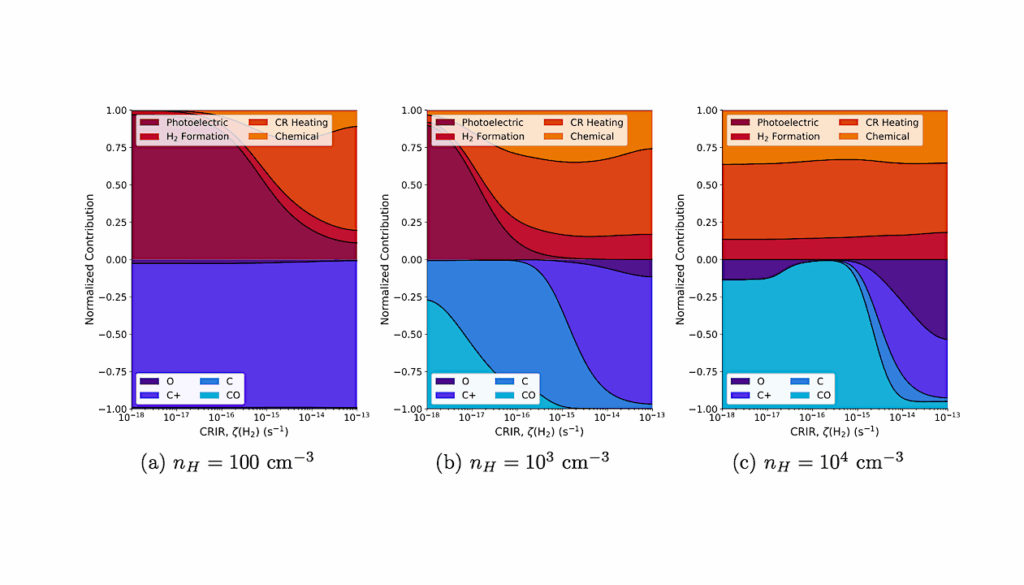Effects of Planetary Parameters on Disequilibrium Chemistry in Irradiated Planetary Atmospheres: From Gas Giants to Sub-Neptunes

A primary goal of characterizing exoplanet atmospheres is to constrain planetary bulk properties, such as their metallicity, C/O ratio, and intrinsic heat. However, there are significant uncertainties in many aspects of atmospheric physics, such as the strength of vertical mixing. Here we use PICASO and the photochem model to explore how atmospheric chemistry is influenced by planetary properties like metallicity, C/O ratio, Tint, Teq, and Kzz in hydrogen-dominated atmospheres.
We vary the Teq of the planets between 400 K- 1600 K, across cold",warm,” and `hot” objects. We also explore an extensive range of Tint values between 30-500 K, representing sub-Neptunes to massive gas giants. We find that gases like CO and CO2 show a drastically different dependence on Kzz and C/O for planets with cold interiors (e.g., sub-Neptunes) compared to planets with hotter interiors (e.g., Jupiter mass planets), for the same Teq.
We also find that gases like CS and CS2 can carry a significant portion of the S- inventory in the upper atmosphere near Teq ≤ 600 K, below which SO2 ceases to be abundant. For solar C/O, we show that the CO/CH4 ratio in the upper atmospheres of planets can become ≤1 for planets with low Teq, but only if their interiors are cold (Tint≤100 K). We find that photochemical haze precursor molecules in the upper atmosphere show very complex dependence on C/O, Kzz, Teq, and Tint for planets with cold interiors (e.g., sub-Neptunes).
We also briefly explore fully coupling PICASO and photochem to generate self-consistent radiative-convective-photochemical-equilibrium models.

The weighted abundance of CH4 calculated using Equation 1 as a function of C/O and Kzz in each panel. Each row corresponds to a different Teq value from 1100 K to 600 K from top to bottom. Each column correspond to a different Tint value between 30 K and 500 K from left to right. Note that the C/O is shown relative to an assumed solar value of 0.458 in this plot. — astro-ph.EP
Sagnick Mukherjee (1 and 2), Jonathan J. Fortney (1), Nicholas F. Wogan (3), David K. Sing (2), Kazumasa Ohno (4) ((1) University of California, Santa Cruz, (2) Johns Hopkins University, (3) NASA Ames Research Center, and (4) National Astronomical Observatory of Japan)
Comments: Revised and re-submitted to ApJ, Main text: Pages 1 to 34, 25 Figures, Appendix: Pages 35 to 36, 1 Figure
Subjects: Earth and Planetary Astrophysics (astro-ph.EP)
Cite as: arXiv:2410.17169 [astro-ph.EP] (or arXiv:2410.17169v1 [astro-ph.EP] for this version)
https://doi.org/10.48550/arXiv.2410.17169
Focus to learn more
Submission history
From: Sagnick Mukherjee
[v1] Tue, 22 Oct 2024 16:49:42 UTC (10,442 KB)
https://arxiv.org/abs/2410.17169
Astrobiology, Astrochemistry,


